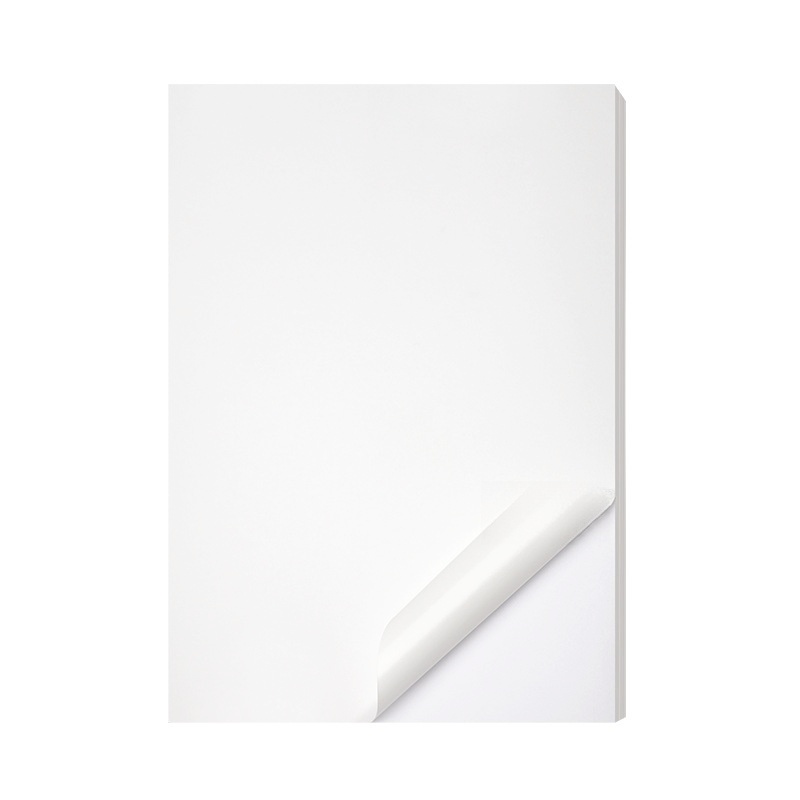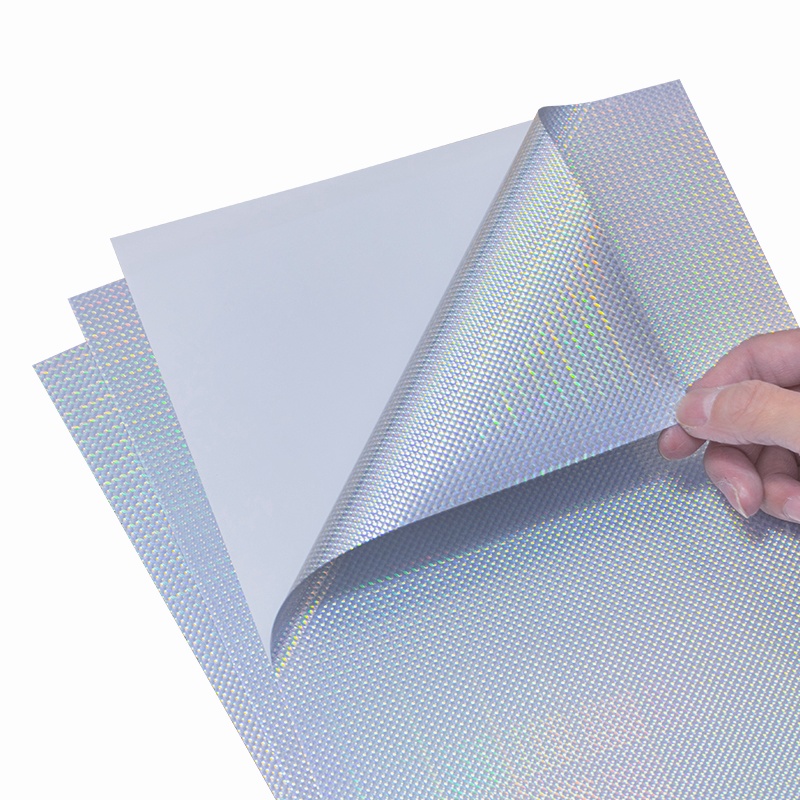High-Temperature Resistant Label Cards: A Must-Have for Endurance in Extreme Heat
Sticker labels play a crucial role in various industries, enabling effective product identification, branding, and communication. However, in environments characterized by extreme heat, such as manufacturing facilities, laboratories, and outdoor settings, traditional labels often fail to withstand the demanding conditions. To address this challenge, the sticker label industry has introduced high-temperature resistant label cards, which have become a must-have for endurance in extreme heat.
The Importance of High-Temperature Resistance
In extreme heat conditions, standard sticker labels tend to deteriorate rapidly, compromising their legibility and adhesive properties. This poses significant challenges for industries that rely on accurate and durable labeling, such as automotive, aerospace, and electronics. High-temperature resistant label cards are specifically designed to withstand these harsh environments, ensuring that crucial information remains intact and visible.
Materials and Construction
High-temperature resistant label cards are typically manufactured using specialized materials that can withstand elevated temperatures without compromising their performance. These materials often include polyester, polyimide, and ceramic coatings, which exhibit excellent resistance to heat, chemicals, and UV radiation.
The construction of these label cards involves multiple layers to enhance their durability. A top layer, often made of a protective film, shields the label from physical damage and prevents ink smudging or fading. The middle layer contains the printed information, which is designed to withstand high temperatures without distortion or degradation. The bottom layer consists of a strong adhesive that ensures the label remains securely attached to the intended surface, even in extreme heat conditions.
Applications in Various Industries
The high-temperature resistant label cards find extensive applications across a wide range of industries.
In the automotive industry, these labels are crucial for identifying components and providing essential information about maintenance and safety. They can withstand the extreme temperatures encountered in engine compartments, exhaust systems, and braking systems, ensuring that critical details remain visible and legible throughout the lifespan of the vehicle.
Aerospace and defense sectors also benefit from high-temperature resistant labels. These labels are capable of enduring the extreme conditions experienced during aircraft manufacturing, engine testing, and space exploration. They provide clear identification of components, warning signs, and safety instructions, contributing to the overall reliability and safety of the aerospace industry.
In the electronics industry, where high temperatures are often encountered during manufacturing and testing processes, these labels play a vital role in identifying circuit boards, electronic components, and cables. The high-temperature resistance ensures that the labels remain intact and readable, even in environments with soldering and reflow processes.
Other industries, such as oil and gas, chemical manufacturing, and industrial equipment, also rely on high-temperature resistant labels to ensure accurate identification, tracking, and safety compliance in extreme heat environments.
Conclusion
High-temperature resistant label cards have revolutionized the sticker label industry by providing a reliable solution for endurance in extreme heat conditions. With their specialized materials, multi-layer construction, and strong adhesion, these labels ensure that crucial information remains visible, legible, and intact, even in the most demanding environments. From automotive to aerospace, electronics to industrial sectors, these labels have become a must-have for accurate identification, branding, and safety compliance. As industries continue to push the boundaries of heat endurance, the high-temperature resistant label cards play a vital role in enabling effective communication and endurance in extreme heat.
We offer comprehensive technical support, including free professional labeling solutions, advice on label materials and adhesive selection, as well as online/offline assistance from professional software and hardware engineers. Service email: andy@ownlikes.cn. In pre-sales, we leverage our extensive experience in specialty labeling projects to provide clients with the most suitable hardware solutions. Additionally, all our label barcode printers and scanners come with a three-year free warranty, demonstrating our confidence in our products.






This site is protected by reCAPTCHA and the Google Privacy Policy and Terms of Service apply.